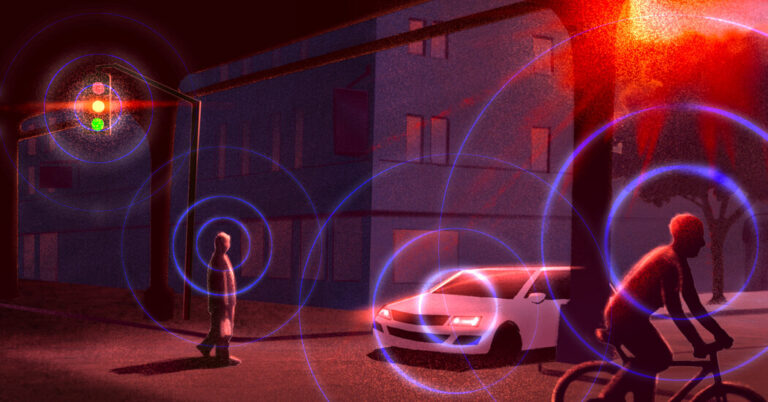
“We’ve had a 10-year battle with the F.C.C. for radio spectrum,” said Hilary Cain, vice president of technology, innovation, and mobility policy at the alliance. “Now technical rules for C-V2X still need to be finalized. But V2X is very important because unlike traditional vehicle sensors, C-V2X can see around corners and through things.”
To communicate, the industry will initially employ LTE cellular technology; to avoid transmission delays, vehicles will speak to each other directly, not through cellular transmission towers. Eventually, the system will switch to 5G standards, allowing for faster communication.
One piece of positive news: V2X safety features will not cost extra.
“I’ve never heard of any auto company planning to profit off of this safety technology,” Ms. Cain said. “And it’s a cooperative technology. All vehicles will be able to communicate with each other, regardless of make.”
“V2X is a very important feature in vehicles; it will make an enormous contribution to safety,” said Maite Bezerra, a smart mobility and automotive industry analyst at ABI Research, a technology intelligence firm in London.
“There are so many accidents today that could be prevented. And with advanced warnings of traffic jams and red lights reducing sudden braking, fuel efficiency will also be improved.”
While manufacturers and governments around the world see the value of V2X, none have mandated its use. In China and Europe, V2X will become part of their New Car Assessment Program, or N.C.A.P., with models receiving points for including V2X systems.
In the United States, the F.C.C. has not yet promulgated final rules governing V2X standards. A number of automakers — including Audi, Ford, Jaguar Land Rover — as well as several state departments of transportation and equipment manufacturers have filed a request to the F.C.C. for a waiver, which if granted, will allow C-V2X technology to be offered. The waiver request, filed last December, has not yet been acted on.